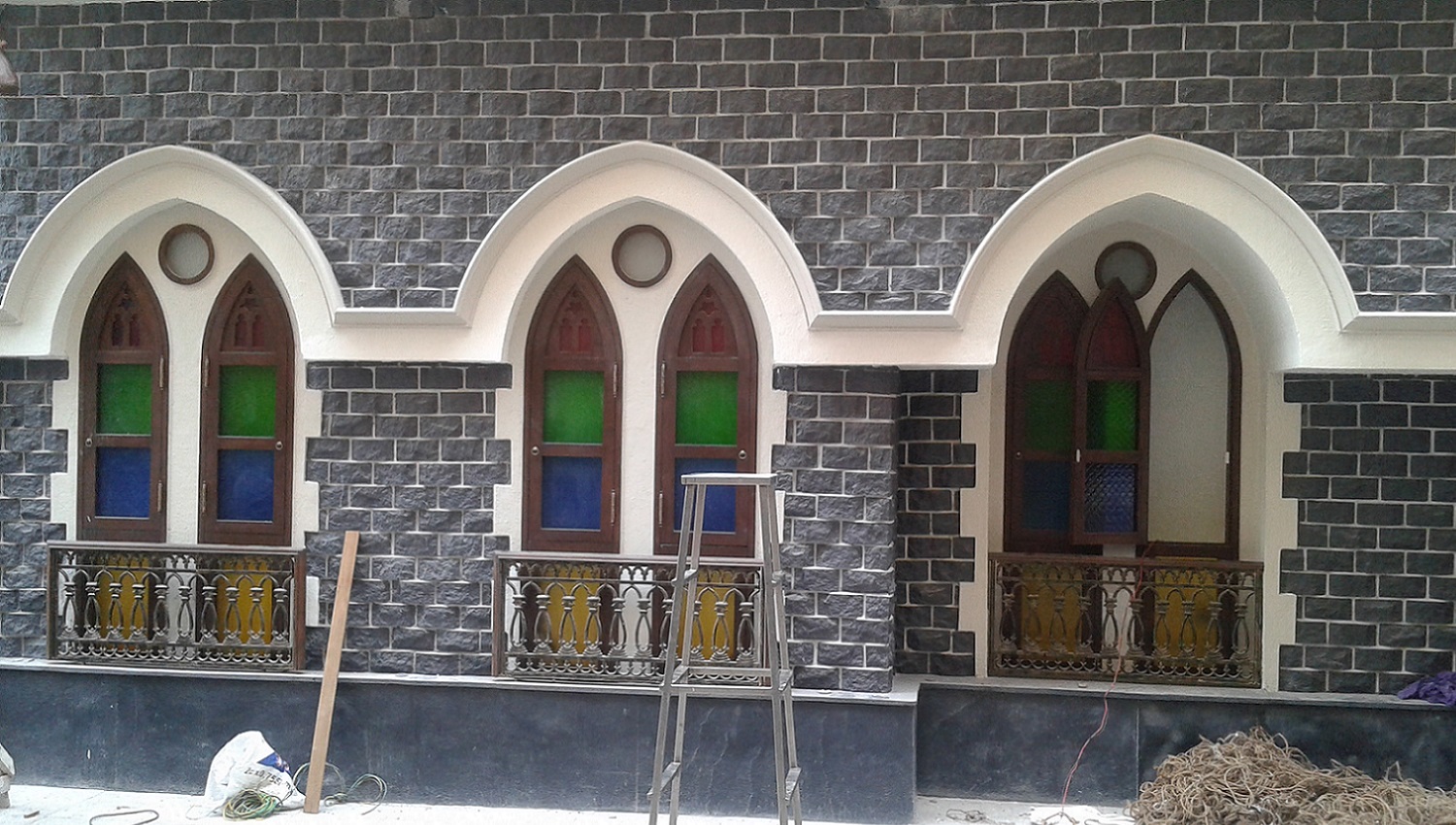Concrete is a beneficial and essential building material that can be used in many ways. It is used worldwide and is the basis for most of what we stand on today. Anyone can make concrete by mixing cement, water, and aggregates. But for more significant and longer-lasting projects, you need to look further away to more complex mixtures like Glass Reinforced Concrete.
Reinforcement made of glass fibre
For GRC to work, Alkali-Resistant Glass Fiber is its most important part.
Regular concrete only relies on the bonding power of the cementitious paste and aggregates. GRC, on the other hand, uses a strategic blend of AR Glass Fibres to strengthen its structure.
AR Glass Fibers give GRC an unmatched level of structural strength; good quality GRC can be expected to have a ductile lifetime of at least 60–80 years in UK weathering circumstances.

Properties of Lightweight
Even though it has the same density as concrete, Glass Fibre fiber-reinforced concrete is up to 80% lighter than regular concrete thanks to its fragile skin, which is only 10 centimeters thick.
A 100-mm-thick precast concrete wall panel weighs 240 kg per m², while a similar GRC panel weighs 40 to 50 kg per m².
Instead of heavy, bulky concrete cladding panels, these GRC panels are a lighter option that makes installation easier and requires less work. Also, many GRC goods are easy to lift and carry by hand, which is important because many countries have strict rules about manual handling.

Powerful-Strength
One of the most impressive things about GRC is that it has higher mechanical power than regular concrete without too much cement.
The composite core is made of AR glass fibers, which can produce results that are 30% stronger than steel. This shows that it works better in demanding structural uses.
Regular concrete can be weak and crack easily when under stress. GRC’s reinforced matrix, on the other hand, makes it last longer and stronger, keeping structures stable and flexible over time.
A range of design options
Because it can be designed in so many different ways, GRC gives builders a tool they can use to complete even the most significant projects.
Because the material is flexible, it can easily take on complex shapes and patterns and even mimic the natural textures of things found in nature. Because of this, builders can turn their creative ideas into one-of-a-kind, jaw-dropping structures, whether they’re making modern, futuristic buildings or exact copies of historical buildings.
GRC’s light weight and increased strength are welcome solutions to all kinds of architectural problems during the building process.
Effects on the Environment
In a time when people are more aware of the environment, GRC stands out as a long-term solution for environmentally friendly building methods.
GRC is a much more resource-efficient way to make concrete than regular concrete because it uses less cement and can include recycled materials. Assessments of the whole life cycle show that making GRC has a much smaller effect on the environment than making traditional concrete, by as much as 60%.
With its low carbon impact and composition that makes the best use of resources, it’s easy to see why GRC has become the most popular choice for a sustainable material of the future.

Savings in the long run
While GRC may cost more upfront than regular concrete, the money you save in the long run makes up for it many times over.
Because GRC is lightweight, it reduces material waste, labor costs, and maintenance needs. This, along with the lower handling, transporting, and fixing costs, makes it clear that GRC offers significant economic benefits over a project’s life.
GRC structures can also withstand the test of time with little maintenance because the material is robust and doesn’t crack easily.
Applying a spray
One thing that makes GRC production stand out is its flexible spray application method. Operators can carefully spread a cementitious slurry and chopped glass fibers onto molds or structural surfaces using special spray equipment using either the Traditional Hand Spray method or the Sprayed Premix method.
The high-tech blasting process of GRC ensures that the fibers are evenly distributed throughout the cementitious matrix and cuts down on waste and labor costs. Every time the spray gun goes over the structure, another layer of finely woven AR Glass Fibers is added, making it stronger and ready to last.
Resistance to weather
GRC is a beneficial material in harsh areas where the weather is brutal to predict because it can withstand various environmental factors. Regular concrete may break down over time, but GRC keeps its structural stability and good looks.
That The Material Is Resistant To Many Things, That Include
Freeze-Thaw Cycles: GRC resists freeze-thaw cycles because it has few holes and a thick matrix. This keeps the material from getting damaged when the water inside it expands and contracts.
- Chemical Exposure: Because of its makeup, GRC can withstand chemical attacks from acids, alkalis, and other corrosive substances. This makes it worthwhile in industrial settings and along the coast.
- Radiation from UV Light: GRC mixtures containing UV-resistant ingredients can stay color-fast and look good for a long time, even when exposed to sunshine.
GRC: A Type of Material for the Future
Since its start in the 1970s, GRC has been the standard for high-quality building materials. Because it has a fiber-reinforced matrix, precise mix designs, and advanced spray application methods, GRC is much more technically advanced than regular concrete in a wide range of situations.
Using GRC, building professionals can meet architectural goals while minimizing environmental damage and increasing long-term value. Looking ahead, it’s easy to see why GRC is the material of the future. It stands for engineering excellence and the never-ending search for perfection in design and execution in all building settings.
Now, all that’s left to do is join the GRC revolution and appreciate one of the most essential building elements.











